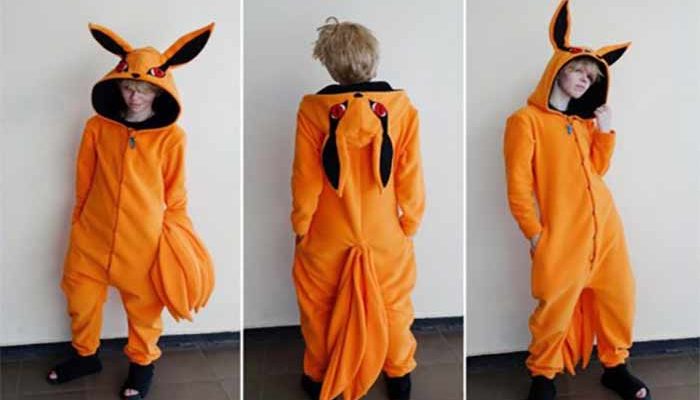As you reflect on the evolution of cosplay costumes, it’s fascinating to trace the intricate path that has led to the vibrant cosplay community of today. From simple beginnings to the intricate designs and innovative techniques of modern times, each era has left its mark on this beloved art form. As you journey through the history of cosplay costumes, you’ll uncover the threads that connect past and present, offering insights into the creativity, dedication, and sheer ingenuity that have shaped this dynamic world.
Origins of Cosplay Costumes
Explore how cosplay costumes originated from fan conventions and early science fiction gatherings in the 1930s and 1940s. Back then, enthusiasts would craft homemade costumes inspired by their favorite characters from comics, movies, and literature.
These early adopters laid the foundation for what would eventually become a widespread phenomenon. As the popularity of cosplay grew, dedicated cosplay shops began to emerge, offering a wide range of costumes and accessories for fans to bring their favorite characters to life.
These cosplay stores provided a one-stop destination for enthusiasts to find everything they needed to create authentic and detailed costumes. The concept of a cosplay store revolutionized the way fans engaged with their favorite fandoms, fostering creativity and community within the cosplay world.
Early Influences and Trends
Early cosplay influences and trends shaped the evolution of costume designs and character portrayals within the cosplay community. In the early days, cosplayers drew inspiration from a variety of sources, including anime, manga, video games, and movies.
One prominent trend that emerged was the rise of online platforms like cossuits.com, which provided a marketplace for cosplayers to buy and sell costumes. These cossuits allowed for greater customization and attention to detail in recreating characters. Additionally, the growing popularity of conventions and cosplay events further fueled the demand for high-quality costumes.
Rise of Pop Culture Cosplay
With the mainstream integration of pop culture into various forms of media, cosplay has experienced a significant surge in popularity and diversity. Nowadays, you can see cosplayers embodying characters from movies, TV shows, video games, and even internet memes.
This rise of pop culture cosplay has brought together fans from different fandoms, creating a vibrant and inclusive community. Events like Comic-Con and Anime Expo have become hotspots for showcasing these diverse costumes and celebrating the creativity and passion of cosplayers.
Technological Advancements in Costuming
Recent technological advancements have revolutionized the world of cosplay costuming, enhancing creativity and pushing boundaries in costume design. With the rise of 3D printing, cosplayers can now create intricate and detailed props and accessories with precision.
LED lighting technology has also become a popular choice for adding dynamic lighting effects to costumes, bringing characters to life in a whole new way. Additionally, the development of advanced sewing machines and software has made it easier for cosplayers to construct complex outfits with greater accuracy and efficiency.
Impact of Social Media
The influence of social media on the world of cosplay costumes can’t be understated. Platforms like Instagram, TikTok, and Facebook have revolutionized how cosplayers showcase their costumes, connect with fans, and collaborate with other creators.
Through social media, cosplayers can share their work in real-time, gaining instant feedback and inspiration from a global community. The reach of social media allows cosplayers to gain recognition, attract sponsorships, and even turn their passion into a career. Hashtags and trending challenges further amplify the visibility of cosplay, making it more accessible and inclusive.
Diversity and Representation in Cosplay
Social media has played a significant role in amplifying the voices of cosplayers from a diverse range of backgrounds, contributing to the increasing focus on diversity and representation in cosplay. Through platforms like Instagram and Twitter, cosplayers have been able to showcase their unique cultural heritage, body types, and personal identities.
This visibility hasn’t only broadened the scope of characters being cosplayed but has also fostered a more inclusive and welcoming community. Cosplayers from marginalized groups have found empowerment in portraying characters that resonate with their own experiences, challenging traditional stereotypes in the process.
Conclusion
As you reflect on the evolution of cosplay costumes, you can’t help but feel inspired by the creativity, dedication, and passion of the cosplay community. From humble beginnings to mainstream recognition, cosplayers have pushed the boundaries of costume design and embraced diversity and inclusivity.
As you look towards the future of cosplay, you can’t wait to see what innovative designs and collaborations await, knowing that the spirit of cosplay will continue to thrive and evolve.

Jerry Martinez is a professional artist. He lives in California with his family. Throughout his life, he has always been captivated by images. Naturally, he was drawn to art. So he opted to take his Bachelors Degree in Fine Arts from Otis College of Art and Design. After completing his degree, He concentrated even more into his art practice. He is a father of three children, ranging in age from 3 to 12 years old. They love outdoors activities; biking, camping, walking and playing football. Jerry Martinez is a music lover and love to listen to metallic songs.






